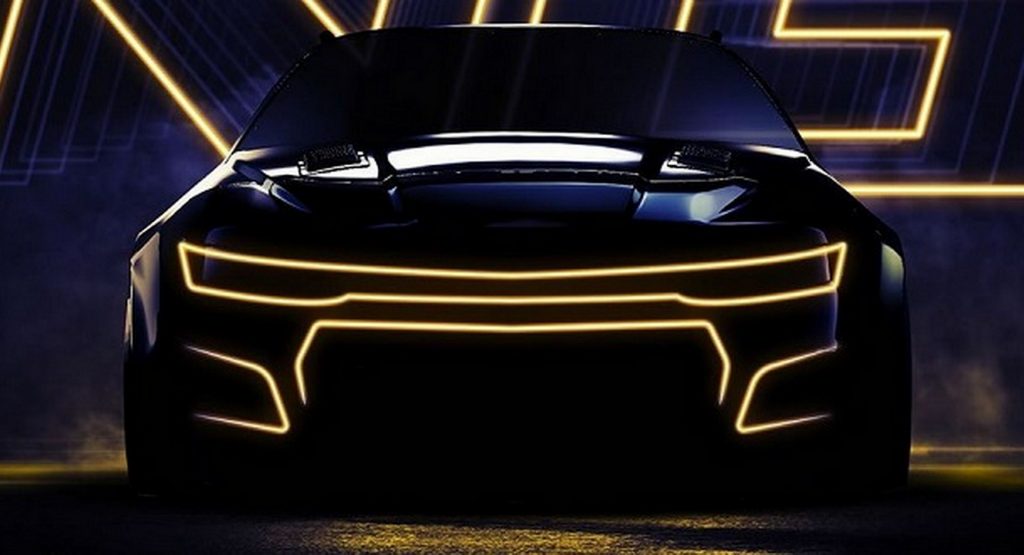There’s a big change going on in NASCAR and if you’re anything like me, you’re vaguely aware that a change is coming, but not really sure what that change means. Or at least you are like I used to be thanks to this rundown from Donut Media.
Set to be revealed on May 5, the next-gen Cup cars are just the seventh generation of cars that will compete in NASCAR’s top series since its beginnings in 1949. And generational advancements in race cars are like trade deadlines in other sports: a big mixup in the odds and a chance for every team to improve its lot.
So you can forgive NASCAR fans for being excited about the change, but, in the immortal words of Austin Powers, “What does it all mean, Basil?”
Also Read: NASCAR Fans Name Kansas Race The Buschy McBusch Race 400
Put simply the changes will mean more mechanical grip and less aerodynamic grip. If you’re a fan of pretty much any other racing series, you’ll know that aerodynamic grip is very good for speed, but not great for racing.
So NASCAR is addressing that, first by making the bodies less aerodynamic. To achieve this, the series will no longer allow the car bodies to be asymmetrical. By doing that, NASCAR is making the cars go left less efficiently.
That will have the benefit of making the cars less dependent on “clean air” (air that hasn’t been disturbed like the wake from a boat) and will make the cars give off cleaner air.
But these still have to be the fastest cars in oval racing, so where NASCAR taketh, it giveth also. Thanks to transaxles, the new cars will have a better weight distribution and there will be faster shifts thanks to the move from an H-pattern gearbox to a sequential one.
The series is also moving away from truck axles in the back. That means independent rear suspension, which should allow for better setups, helping engineers use more of the tire’s grip. It will also lead to less unsprung weight, which has benefits of its own.
There are a whole lot more advantages besides that (including safety, design, and more), but these are some of the changes that NASCAR hopes will lead to better racing throughout the Cup Series field.




